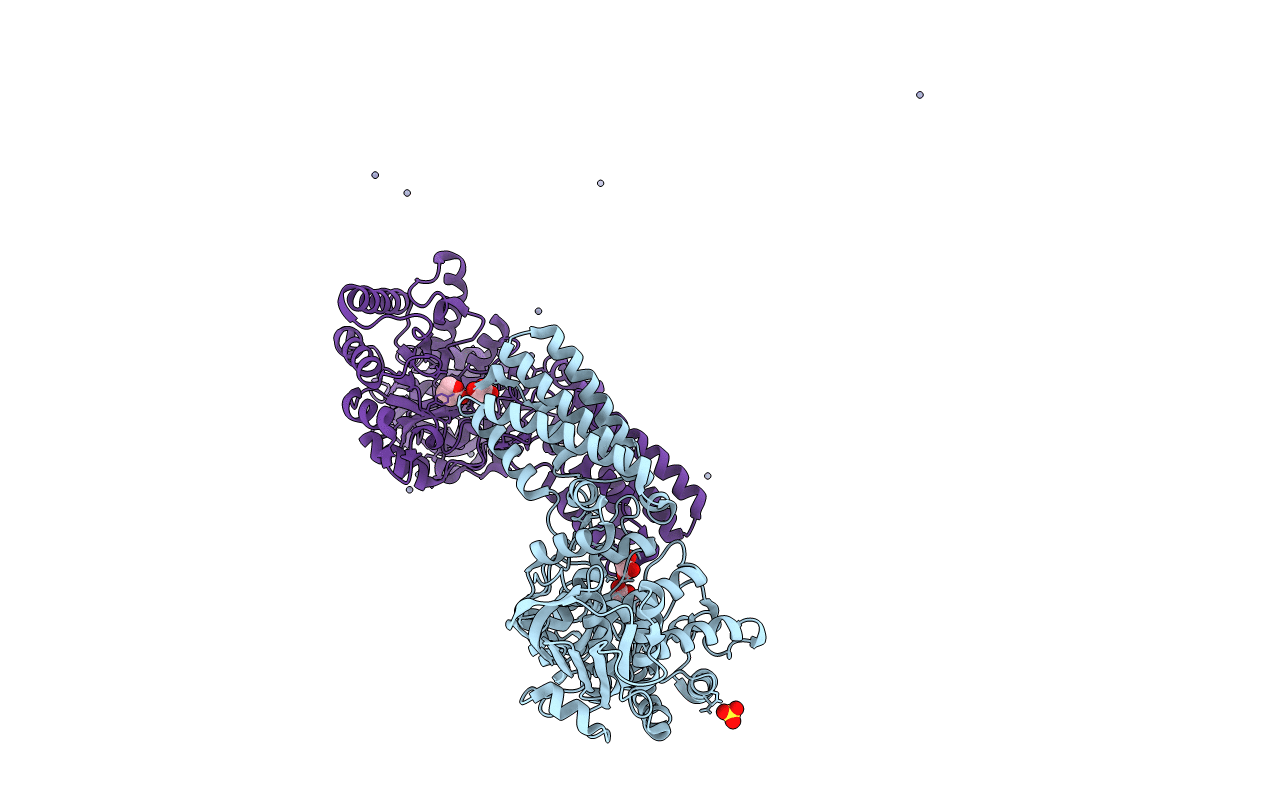
Deposition Date
2006-01-04
Release Date
2006-02-13
Last Version Date
2024-05-08
Entry Detail
PDB ID:
2CBI
Keywords:
Title:
Structure of the Clostridium perfringens NagJ family 84 glycoside hydrolase, a homologue of human O-GlcNAcase
Biological Source:
Source Organism:
CLOSTRIDIUM PERFRINGENS (Taxon ID: 1502)
Host Organism:
Method Details:
Experimental Method:
Resolution:
2.25 Å
R-Value Free:
0.22
R-Value Work:
0.16
R-Value Observed:
0.16
Space Group:
I 21 21 21


